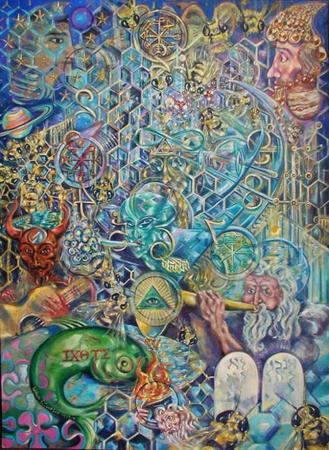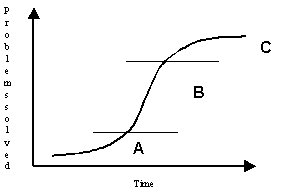Several emerging trends have floated to the surface repeatedly with substantiating evidence that they are already integrating and shifting the paradigm for how we do business. Look at how the reduced cost for communication and all the available tools, interfaces, and platforms have drastically changed our communication practices. And those new communication practices are evolving the hierarchical power structures of the corporate organization into more democratic and collaborative networks.
These new assets in human communication and interaction are democratizing the kingdoms of corporations and publishing, and creating whole new industries and sectors that are completely networked. Individuals – we – are gaining more voice and finding channels and shared platforms for our collective voice. Business is becoming more people-centric and less process-centric.

Co-creation is no longer the domain of artists and writers, it is the collaborative space created by giving old ways new context. Individuals are feeling empowered by their connectivity to others as well as by having access to information and ways that were previously inaccessible to them. They are reaching for what they previously thought was unattainable – doing what they love with personal choices now for who, what, where and why.
We see more and more one-person business hubs pulling together dream-teams to handle projects. Employees feel more secure now in leaving the big corporations after a few years because they can continue to serve their prior employer in a much more personalized way and with greater freedom. Within companies, older employees are feeling the freedom created by all the new ways to communicate and share ideas. Collaboration and social networking are the new buzzwords in the hallways. Younger employees don’t know any other way of being except technology-enabled, connected, and accessible with 24/7 integrated communications.
Are we finally headed into an age of innovation and creativity?
I highly recommend reading Tom Malone’s new book “The Future of Work” and Dan Gilmore’s “We the Media”. If you have time, add Richard Florida’s “The Rise of the Creative Class” and James Surowiecki’s “The Wisdom of Crowds”.




 My
My  by Flemming Funch
by Flemming Funch
 Paradigms usually don't start working well right away. And they don't suddenly just stop working either. One way of looking at the life cycle of a paradigm is with a
Paradigms usually don't start working well right away. And they don't suddenly just stop working either. One way of looking at the life cycle of a paradigm is with a 